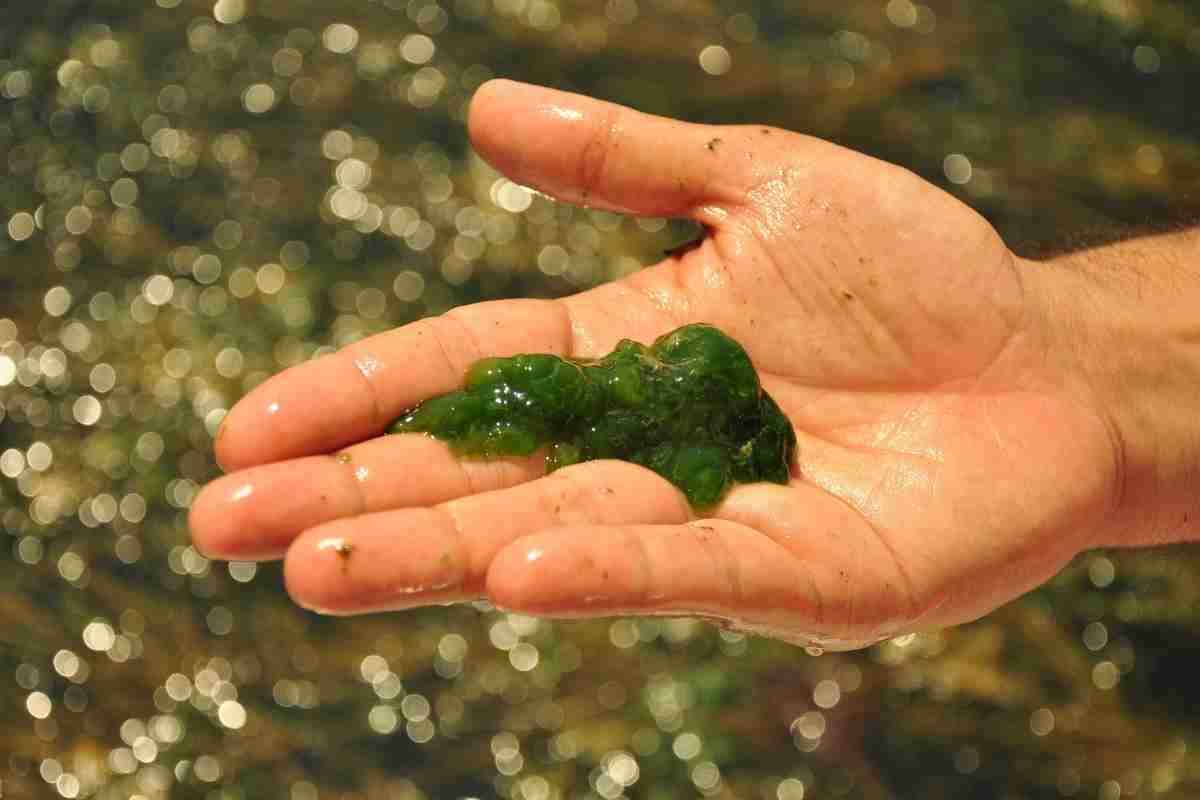
Is Moss Really Poisonous? The Toxic Myth Uncovered: Safe to Touch or Dangerous?
Read more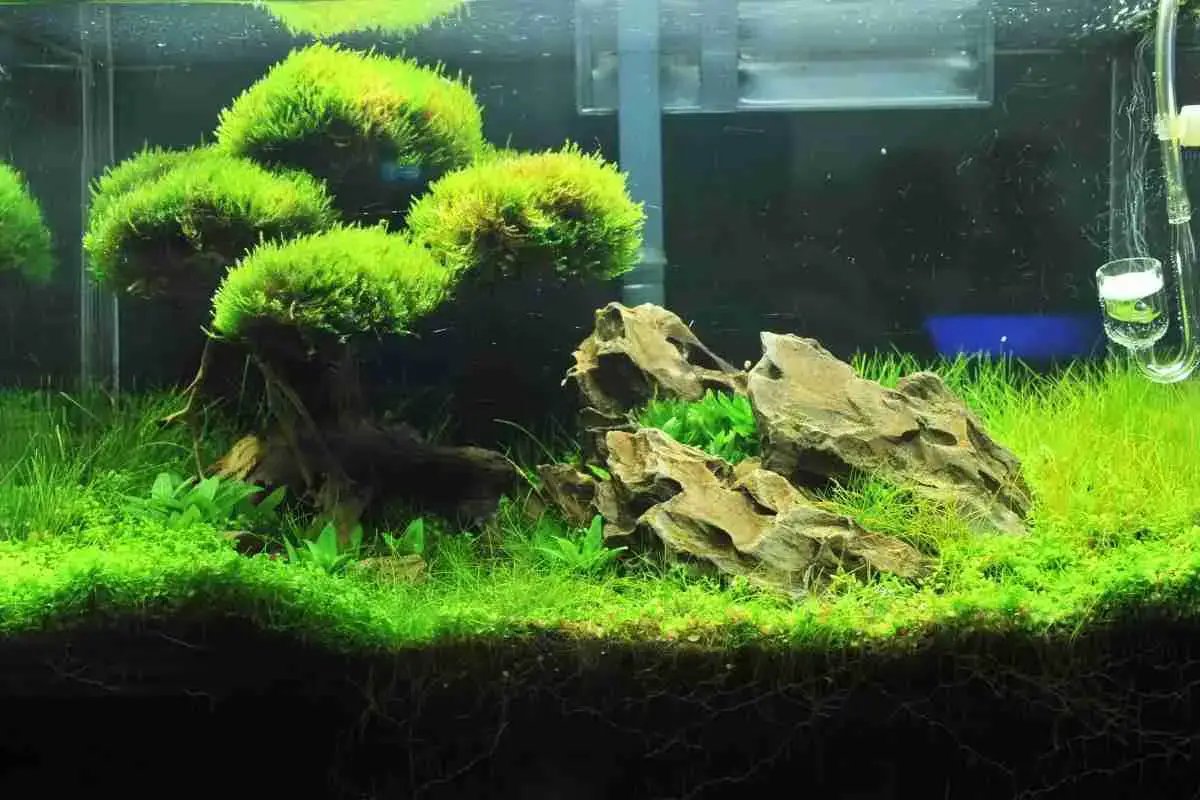
How To Grow Java Moss Carpet On Sand?
Read more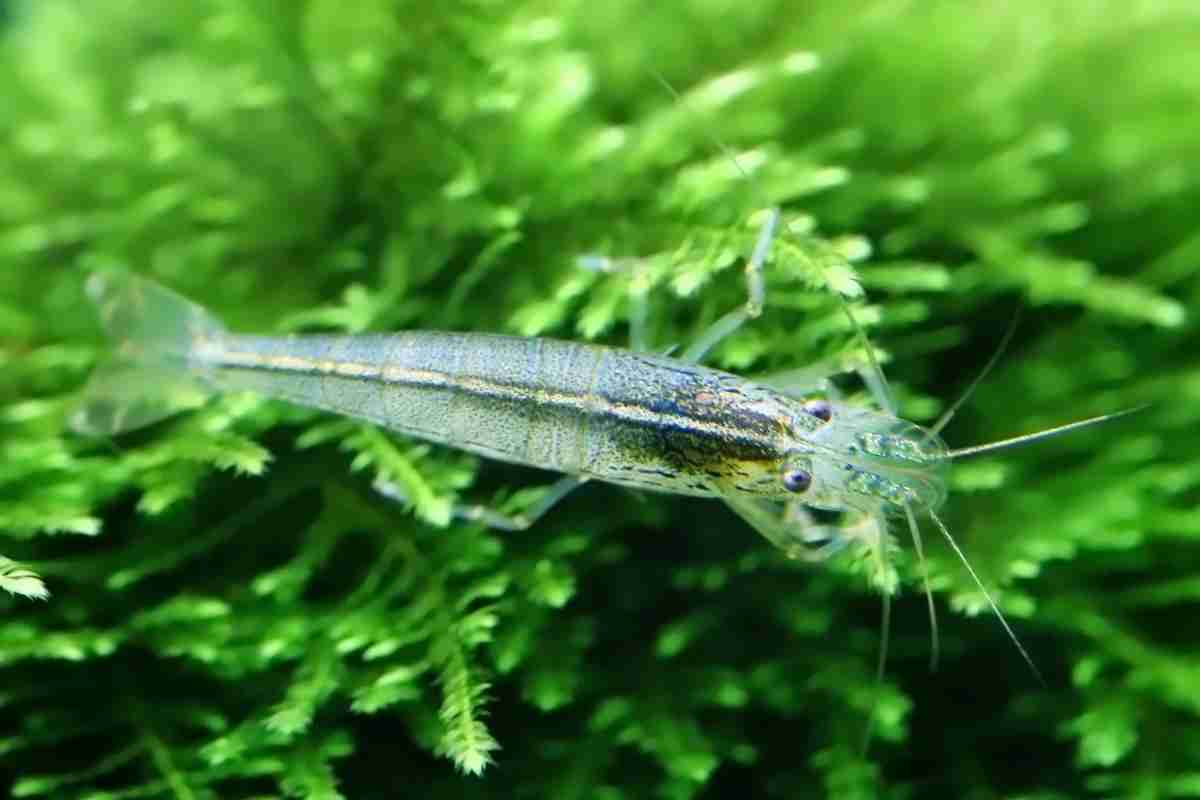
Can Java Moss Grow (Emersed) Out Of Water?
Read more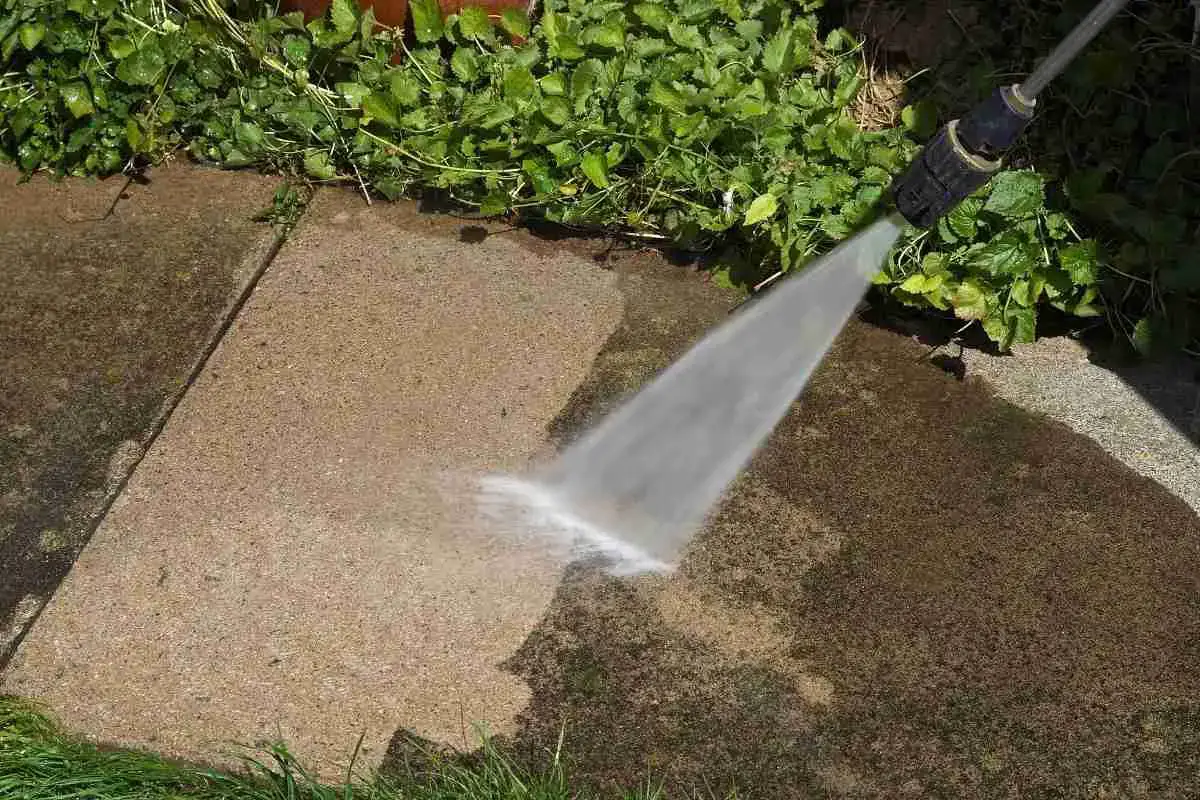
7 Easy Methods For Getting Rid Of Moss On A Patio
Read more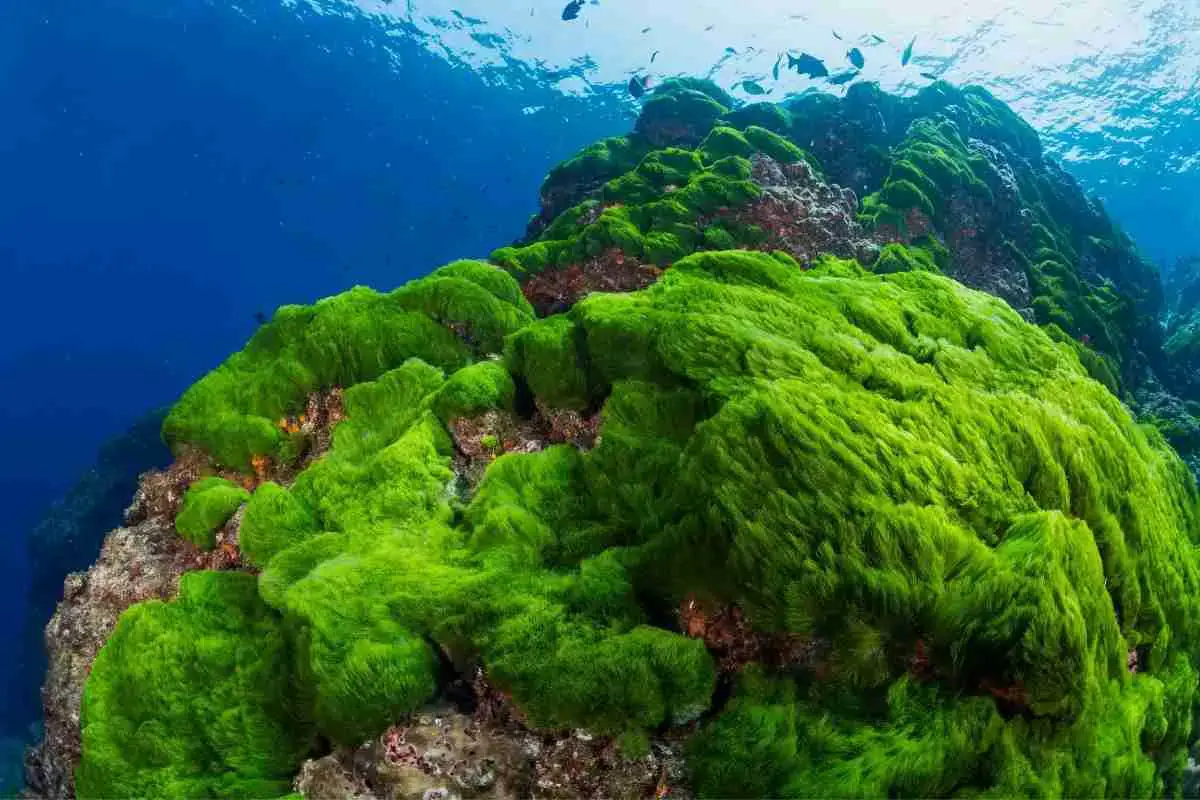
What Does Algae Eat? Algae’s Unique Eating Habits
Read more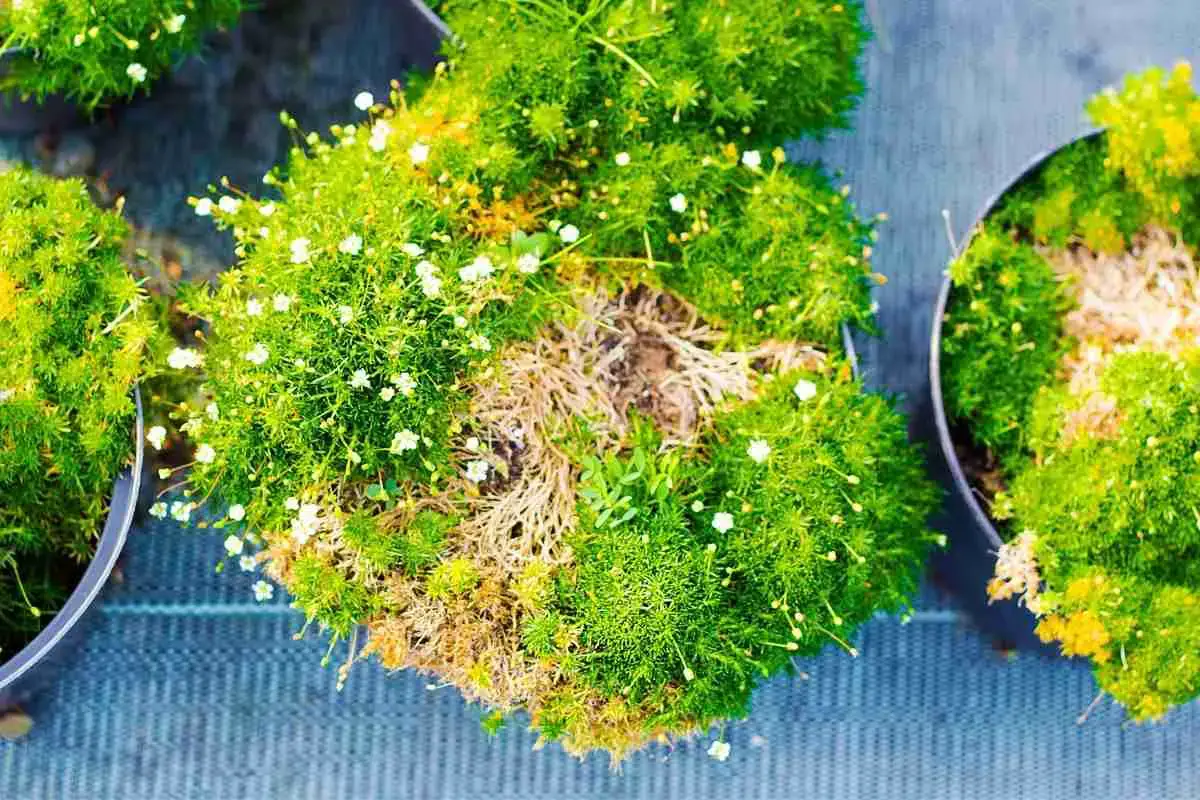
Scotch Moss or Irish Moss: Unveiling the Key Differences You Need to Know!
Read more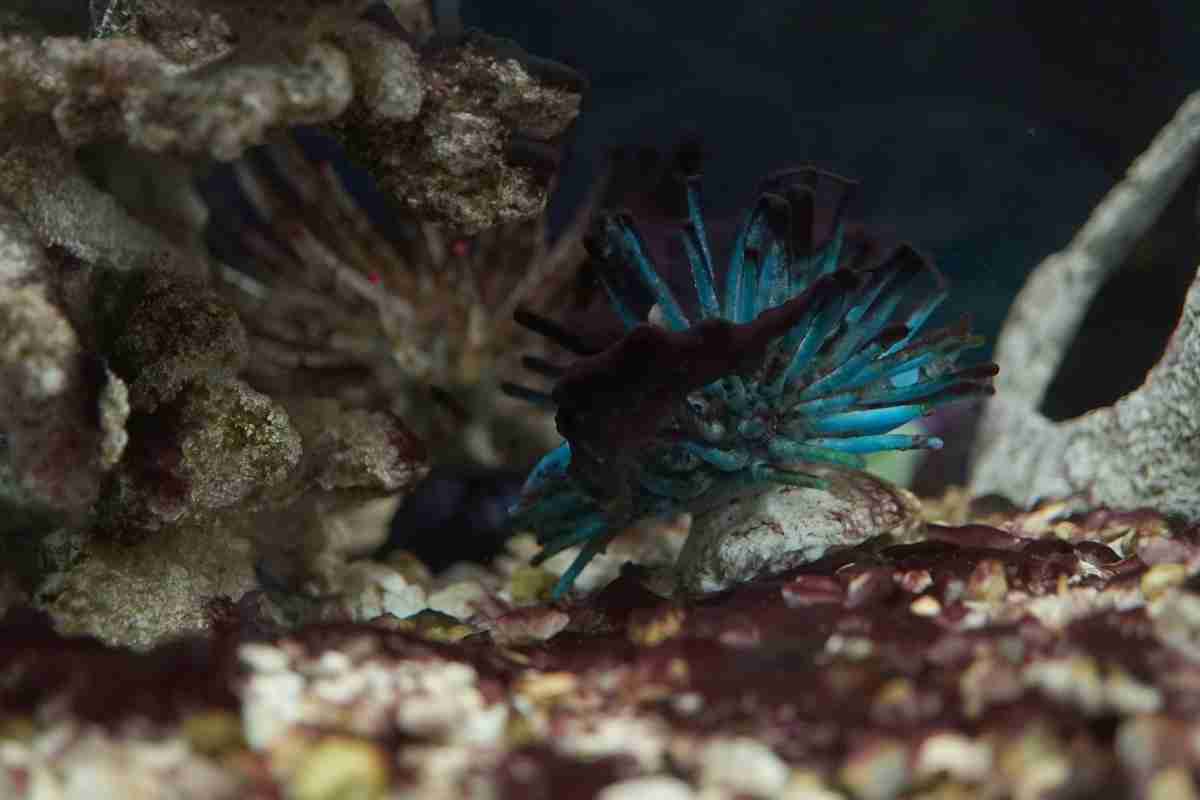
How To Get Rid Of Brown Algae In My Saltwater Tank?
Read more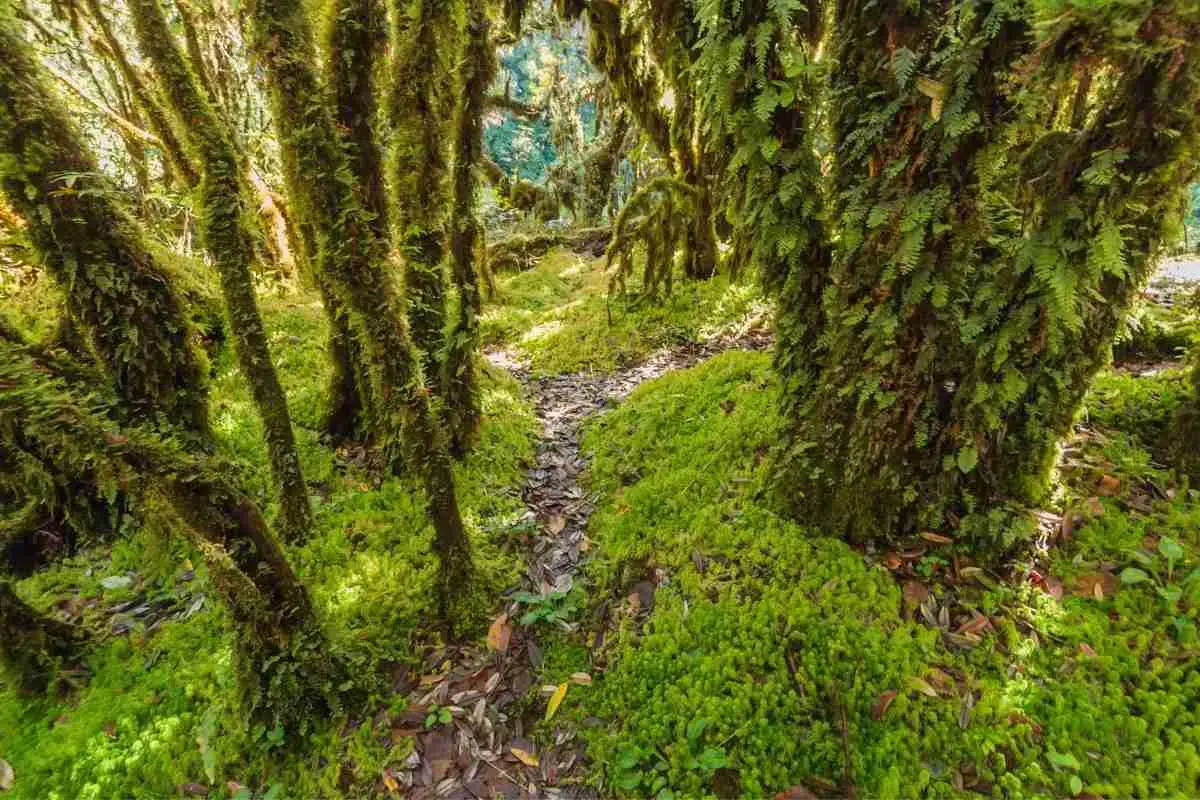
8 Types Of Moss That Grows On Trees
Read more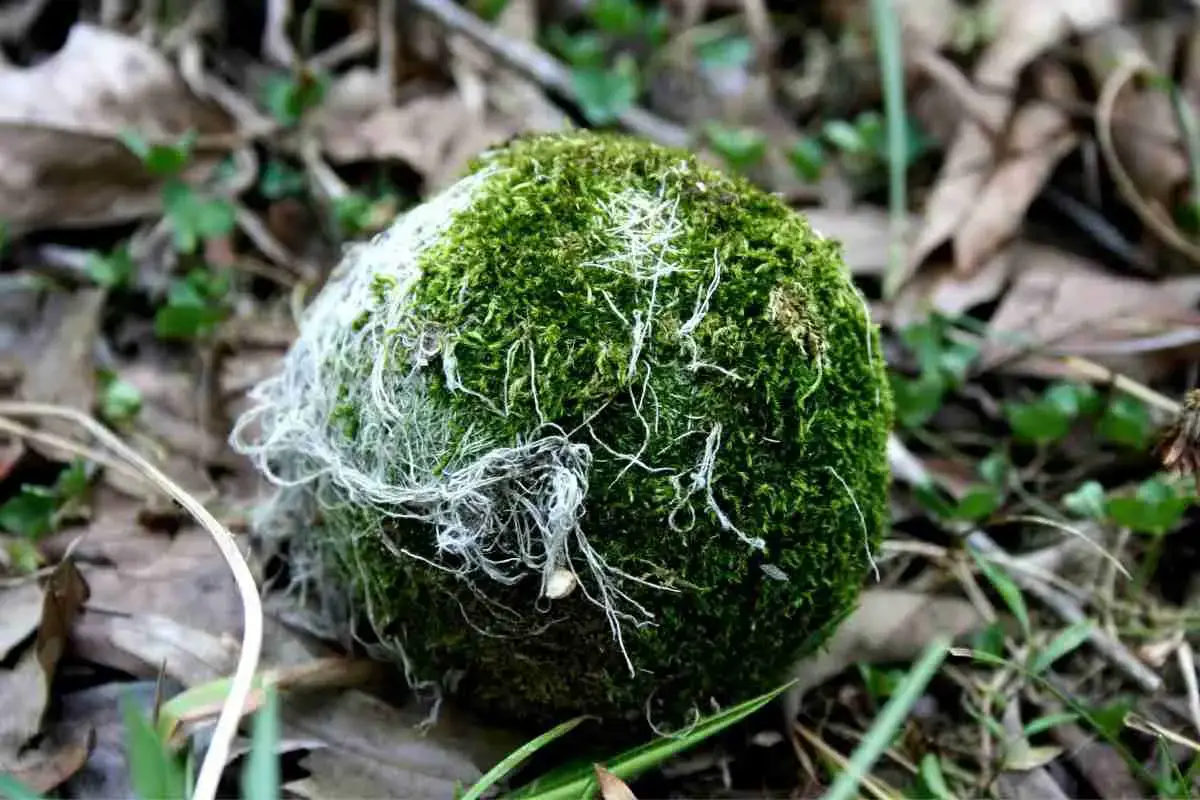
Are Moss Balls Alive? Everything You Need To Know!
Read more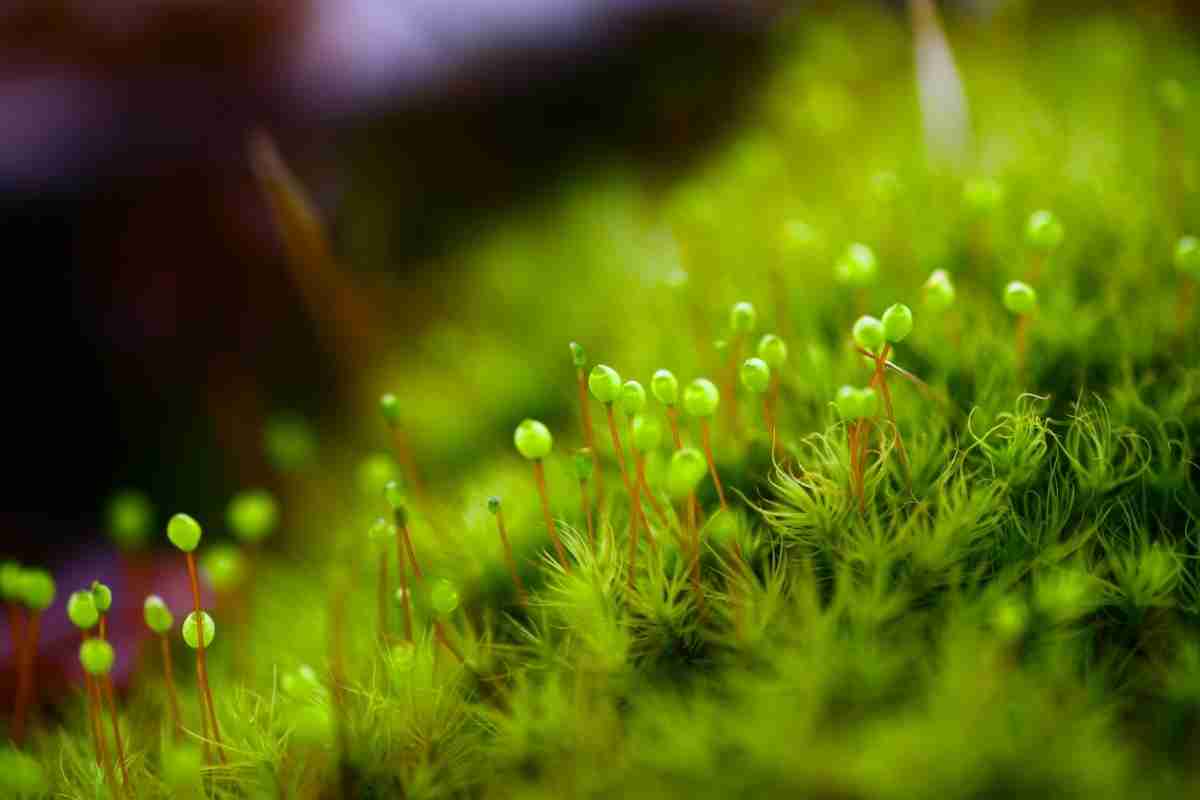
How Does Moss Reproduce? (Asexually And Sexually)
Read more
Does Sphagnum Moss Mold? Causes & Prevention
Read more